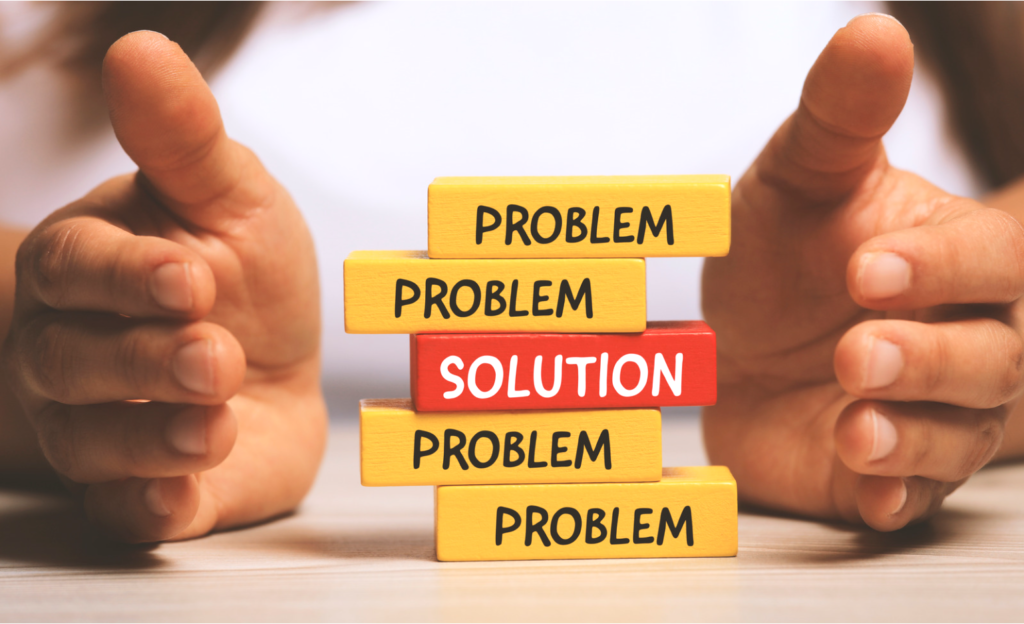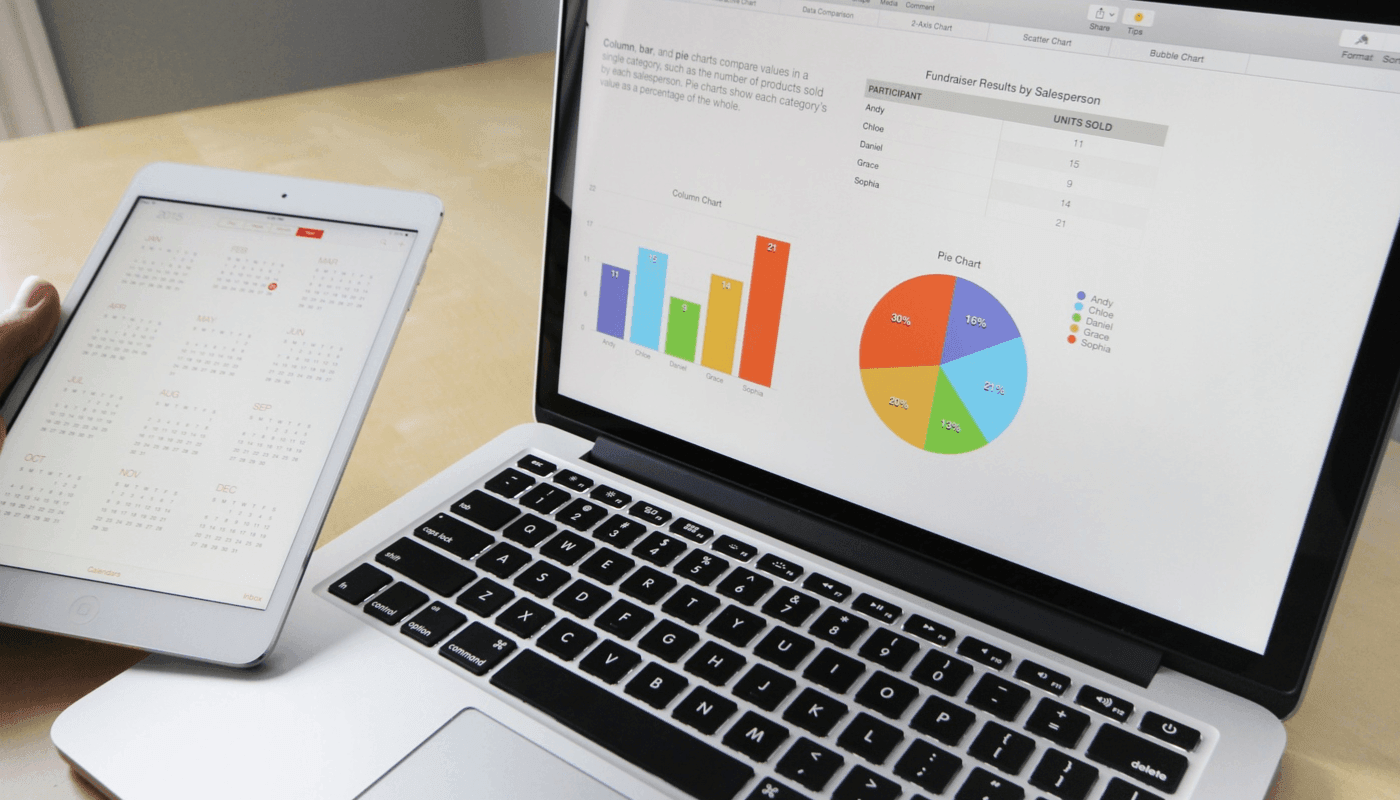If you’re interested in influencer marketing and searched for it on the Web, you’ve likely encountered articles about the problems associated with it.
The purpose of this post is to address nine of the most common problems associated with influencer marketing … but I won’t leave you hanging.
I’ll also discuss the causes of these problems and how you can avoid them. But in the spirit of transparency, I must say that these “problems” are common and mostly avoidable – and that’s good news.
At 551 Media, we’re passionate about the benefits of influencer marketing.
In fact, it’s our goal to become the best influence marketing consultancy in the world. We consult with companies and businesses of all sizes and types and have led influencer programs with some of the world’s leading brands.
No, not every campaign went smoothly.
But because of the number of campaigns we’ve led, been involved with, and conversations with peers from all around the world, we’ve got a firm grasp on the best practices.
This is good because influencer marketing is one of the fastest-growing marketing strategies as you can see here:
The most common influencer marketing problems and solutions
1: Influencer marketing is for consumer companies (solution: Check out B2B examples)
2: Lack of transparency (solution: Regulatory guidelines, tools, vetting process)
3: It’s complicated (solution: Get familiar with the three main activities)
4: Measuring ROI (solution: Define the goal and metrics)
5: Fake followers (solution: Tools to spot fake followers)
6: Finding the right influencers is hard (solution: Use influencer platforms)
7: Vanity metrics (solution: Use metrics that match your objective)
8: Is it a tactic or strategy? (solution: Invest in long term relationships)
9: Scaling and predicting results (solution: create processes and use tools)
Problem #1: Influencer marketing is only for consumer companies
Let’s face it, consumer brands have it easy.
Many of their products are relatively low-cost and can be purchased online with a few clicks.
Also, influencers can easily test those products and post about them on Instagram or YouTube channels.
As you’d expect, there are plenty of case studies about consumer brands working with influencers.
But why not B2Bs?
The reason is they operate differently and don’t have sexy, easy to photograph products.
Let’s rundown some other key differences:
- They sell to other businesses rather than individual consumers
- Products aren’t flashy, hip, or cool (jeans, makeup, etc.)
- Sales cycles are longer
- Sales are based on business needs, budget, relationships, and reputation
- Products can be complicated and difficult to explain
What’s the solution?
First, B2B buyers are just as likely to rely on the opinions of others as ordinary consumers.
Research by the Harvard Business Review reveals that up to 90% of B2B buyers are influenced by referrals and peer recommendations.
In other words, B2B buyers value influencers too.
Next, check out these resources and case studies as they’ll help you get a handle on what’s possible and how it’s done.
If you want help, feel free to contact me.
Problem #2: Lack of transparency
Some influencers don’t like to disclose their brand relationships because they don’t want to appear as having sold out.
And that’s led to problems with some consumers who’ve felt like they’ve been misled.
Combined with some negative media stories and regulatory authorities have felt it necessary to step in.
In the United States, the Federal Trade Commission (FTC) has issued guidelines to the industry about transparency in regard to endorsements and advertising.
In the UK, the ASA has issued something similar.
Therefore, influencers are required to disclose their sponsorships with brands.
But does that mean they are all complying?
Unfortunately, no.
What’s the solution?
Look to see if the influencers disclose sponsorships clearly (as they are now required to do).
Are they upfront about sponsored content? They should make it clear in the copy and use hashtags like #sponsored and #ad.
So, choose influencers carefully and seek to develop long-term relationships. Getting to know them will help you avoid nasty surprises.
If you have questions about an influencer’s integrity, move on and find others.
There are plenty to choose from.
Problem #3: Influencer marketing is complicated
Let’s admit it’s confusing so let’s simplify it:
Influencer marketing is an umbrella term that consists of three central activities:
- Advertising (media buys)
- Influencer relations (inviting them to events)
- Influencer marketing (co-creation of content)
Now, let’s look at each more closely:
- Media buys/advertising are transactional and short term. Sponsored posts and videos. This is largely what you see on platforms like Instagram.
- Influencer relations: This is often activity focused around events, physical and virtual. Included are news events, new product announcements and more. The content output is episodic with often little follow up. Companies using this approach often contact the influencers only when they need them.
- Influencer marketing: Look to develop strategic relationships with the influencers. Work with them on an ongoing basis to co-create content including webinars, ebooks, online summits, Instagram stories, YouTube video series and more.
What’s the Solution?
Keep it simple at first.
Know your objective and design a simple strategy to meet it.
Don’t worry about scaling the number of influencers you work with until you’ve got some experience.
And when you’re ready to incorporate influencer marketing into your larger strategy, think long-term and build strategic relationships with them.
Here’s why:
The influencers are the pathway to your ideal customers, so working closely together means you are closer to your consumers.
Whether you are doing media buys, having them cover events or co-creating content together, look for ways to build lasting relationships together.
Problem #4: Measuring ROI
Companies believe influencer marketing is effective and are putting more budget behind it.
However, many marketers believe measuring ROI is fuzzy because it often lacks a direct link to purchase and the influencers’ metrics change depending on the platform.
What’s the solution?
All marketing programs can be tracked and measured on the Internet.
The first step is to define a clear goal before designing your campaign.
For example, let’s say your campaign goal is to raise awareness about your brand.
Metrics can include:
- number of impressions
- Share of voice
- Growth of direct website/blog traffic
- Search volume data for your product name
- Message pull through
- Track your earned media value
- Compare your earned media against your competitors
- Track your backlink growth
- Measure your social media activity and growth
Next, use the tools needed to measure the metrics in order to gauge your success.
There are many to choose from so start with this list here.
Problem #5: Fake followers
In the influencer economy, influencers get paid in part for how many followers they have.
So if an influencer’s account is filled with fake followers, you’re paying extra to reach people who don’t exist.
What’s the solution?
The good news is that fake followers are easy to identify once you know what to look for.
And there are tools that help you do this.
Start with these:
- HypeAuditor.com (Instagram and YouTube)
- SocialBlade.com (multiple social media platforms)
- Phlanx.com (Instagram)
- Twitteraudit.com (Twitter)
Some of these tools also help you look at the influencers’ account growth patterns over time and their engagement ratio per post.
The second thing to do is to hold influencers accountable for their contracts.
Have them agree that they will not participate in questionable activities like comment pods, using bots (botting), or buying fake followers.
Now let’s clarify what these activities are:
- Comment pods, or engagement pods, are groups of influencers who agree to like and comment on each other’s posts to artificially drive up engagement and improve their algorithmic performance.
- Botting is when the influencer uses automated fake accounts—bots—to bolster an audience.
- Fake followers are sometimes (but not always) real people, they’re just not the person they say they are, and, of course, not an actual fan.
Problem #6: Finding the right influencers
Finding influencers can be challenging.
Most niches have them, including the funeral industry, and if they have influencers your niche likely does too.
But … once you find them, you’ve still got to assess them.
That takes time.
Examining influencer content for quality, frequency, relevance, and engagement requires a process.
What’s the solution?
Finding quality influencers is simple and easy thanks to the number of tools and influencer platforms available.
Artificial intelligence (AI) is also helping. It makes influencer platforms smarter and better able to pull together lists of influencers based on your criteria.
But too much of a good thing has a downside too.
Now, there are hundreds of tools to choose from.
However, I’ve got you covered:
Here’s a giant list to get you started but if you haven’t got the time to sift through it, here’s a quick list of 15 platforms to check out.
Problem #7: Vanity metrics
Vanity metrics for websites are top-line numbers including clicks, registered users, downloads, raw page views, and share of voice.
The social media equivalent is likes, comments, and shares which collectively are known as “engagement.”
More meaningful metrics include click-throughs, active users, downloads, and the cost of getting new customers (acquisition cost).
Ultimately, though, what matters most to a business is revenues and profits.
What’s the solution?
Be clear about your objective and use the appropriate metrics to measure against it.
For example, if your objective is to raise brand awareness, then vanity metrics play a role because that is a top-of-funnel marketing activity.
The further down the funnel you go, the less vanity metrics matter.
If you’re objective is to drive leads, vanity metrics won’t matter much, so adjust accordingly.
Problem #8: Short-term tactic
Almost 2/3 of all influencer campaigns are media buys and of short duration, usually a week or two.
The good news is that media buys generally work which is why many consumer brands do it.
However, the downside is it is transactional and short-sighted.
It’s seen as a tactic rather than a strategy with long-term benefits that can build brand awareness and affinity.
What’s the solution?
Using influencers as an advertising mechanism has limited value.
Instead of using influencers to push a product or sell a service, work with them to build a meaningful relationship with your buyers.
It’s not so much about pushing a message (advertising) as attracting people to you (marketing).
The “secret sauce” is working closely with influencers and developing relationships with them.
Think of it like this:
They know their followers better than you do and they can tell you what content makes an impact on their followers.
So partner with them to create content that stands out and serves your brand for the long term.
Problem #9: Scaling and predicting results
Smart companies see that influencer marketing is effective so use it, but the smartest ones have staff to manage it.
They understand that relationships should not be outsourced to any one agency or consultant.
No two influencers are the same and that’s why the human touch is critical.
BUT…
Working with influencers is time-consuming – no way around it.
What’s the solution?
Create processes and use available tools to standardize the processes.
Here’s how you do it:
- Assign point people to interface with the influencers. Ideally, the influencers get to know your entire team but for regular communication, it should be assigned to one or two members of your team for consistency and efficiency.
- Standardize your documents. Create standardized templates for your SOWs, contracts and other documents to speed up the process of onboarding influencers.
- Use an influencer platform to organize your campaigns and track results. There are hundreds of platforms to choose from. Some are geared toward select social platforms like Instagram, others are more generalized. Choose one that matches your business and program requirements. Start by checking out our list or by searching G2.
- Automate follow up communications. Don’t let months go by between communications with your influencers. Set up a periodic schedule so your point people know when to touch base with influencers. Let them know your team is thinking about them. Email isn’t always the best communication channel for this. We find that messaging them is more effective and personal.
- Keep a record of your history of working with the influencers. Be sure to keep notes on what campaigns you worked together and what it was like working with them.
Summary
It’s no coincidence that I have solutions for the top nine problems associated with influencer marketing. At 551 Media LLC, we constantly evaluate our products and services to make life easier for brands and agencies.
It’s my goal to make influencer marketing as simple and easy as possible. For more information about influencers and how to find them, download my ebook now.










Overall, an excellent article that addresses the real challenges in influencer marketing. It’s evident you’ve got a deep understanding of this field. Thanks for sharing your insights!
Happy to oblige! Let us know if you have any questions. We’re here to help.
Nice post! Very detailed and informative blog. I am glad to find this!